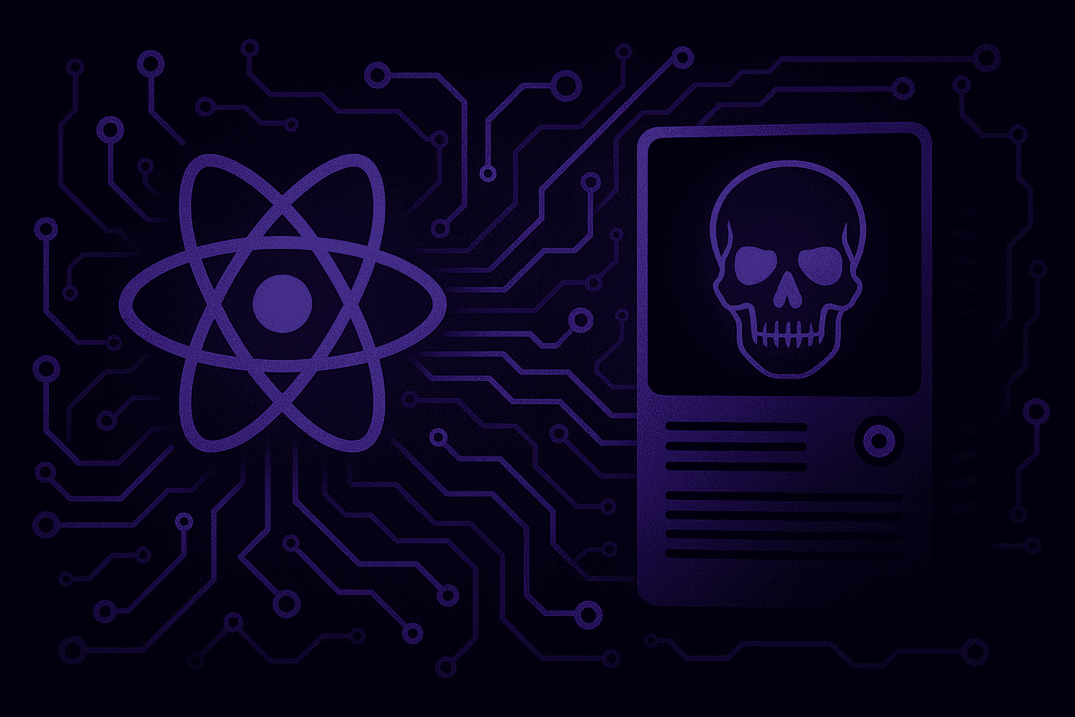The complete guide to log analysis
Modern businesses have become reliant on data analytics, especially within cybersecurity, IT operations and compliance. Log analysis is the foundation for most analytics to create reports, dashboards and alerts to improve business operations. Data can be recorded and logged from just about everything. To make sense of the growing data volume, many companies use a centralized SIEM and add behavioral analytics for more efficient log analytics. Log analysis helps organizations make sense out of logs. And by correlating logs from different applications, businesses can get insights into what is going on in the infrastructure.
What is log analysis and why is it important?
Log analysis is reviewing and understanding computer-generated records to efficiently run a data-driven business. Logs are generated by any modern device or application, including IoT devices, servers, networking devices, and operating systems. The log describes activities happening within the system. Logs may be sent to a collector before centralized log analysis to improve the accuracy and performance of the analytics. Performing log analysis within a security information and event management (SIEM) solution makes it easier for security analysts to review and interpret what is going on across the network and gain actionable insights.
With an increasingly diverse IT infrastructure that has a wide variety of applications located in the cloud, on-premise, virtual instances and more, data often comes in an array of unpredictable formats. To unlock the powerful business and operational insights within the data, centralized log analytics are becoming ever more critical. Log analysis helps with a multitude of use cases. Including diagnosing problems, detecting security threats, uncovering fraud, and assisting in compliance with rigorous regulations.
The benefits of using logging analysis tools
Here are the top three benefits of log analysis:
- More robust cybersecurity posture: It is more important than ever to maintain strong security practices to detect threats and avoid breaches resulting in damages, such as financial losses. Log analysis plays an essential role in detecting and responding to threats. It is also the foundation of efficient threat hunting and incident response. SIEMs provide instant awareness of security incidents and enable the cybersecurity team to respond more efficiently.
- More efficient IT operations: The entire company relies on IT resources for business-critical processes, tasks and information sharing. With log analysis tools, businesses can spot critical system errors and trends and act upon them accordingly. Administrators get a proactive tool for troubleshooting to avoid disruptions and downtime. Log analysis also provides insights to optimize current processes and workflows, often a large driver for ROI on SIEM solutions.
- Demonstrating compliance: Meeting compliance can be costly and complicated. Companies increasingly need to adhere to security standards and regulations such as HIPAA, GDPR and PCI DSS. With a SIEM solution, you can continually track if you meet the guidelines and provide evidence to auditors.
How to perform log analysis
Log analysis can be quick to set up depending on the solution you are using and the scope of implementation. In general, enabling teams to gain actionable insights from logs should be a straightforward process.
Here are some of the steps and considerations to clarify when implementing a SIEM:
Collect and normalize:
A collector gathers logs from the entire infrastructure to get the necessary data for your use cases. The SIEM solution should convert, or normalize, log files into the same format to enable efficient correlation and make querying much easier to learn. Having a “common language” for all applications within the SIEM also makes it easier to apply advanced machine learning, such as behavioral analytics.
Centralize:
All logs should be centralized into a single platform to streamline analysis, search and investigations. Be careful not to leave out critical systems to avoid missing logs with crucial information when investigating a breach.
Search and analyze:
SIEM solutions require useful analysis techniques, including correlation, pattern recognition, simple querying, enrichment and classification. Modern solutions also guide the analyst on what to look for. Additionally, user and entity behavior analytics (UEBA) removes much of the manual guesswork from log analysis because it uses machine learning to automatically detect which entities are suspicious and should be further investigated.
Monitor and alert:
Implementing real-time, automated monitoring of incidents and events within the network is at the heart of log analysis. Usually, alerts are rule-based, meaning they trigger based on conditions and thresholds set by the analyst team. Great SIEMs provide a wealth of correlation rules and other use cases out-of-the-box, guiding the analyst in what to look for. However, as data volumes grow, rule-based alerting can result in false positives, overwhelming the analysts, and creating alert fatigue. Machine learning solutions such as UEBA can help overcome alert fatigue and are worth considering for mature organizations to be more efficient with their security resources.
Reports and dashboard:
Streamlining reports and dashboards to visualize use cases is key for effective log analysis. Again, many vendors provide this out-of-the-box, helping analysts identify what to look for. Reports and dashboards should be easy to customize, based on the specific requirements within the organization.
How to choose the best solution for log analysis
While there are several log analysis and SIEM solutions in the market, it is essential to consider precisely which one matches your organization and selection criteria – both currently and in the years to come.
Here are a few things to take into consideration:
- Building a business case: The solution should fit your organization. Whether it is improving security analytics, stabilizing IT operations or meeting compliance regulations, it should be clear what you want to achieve. Setting up a limited set of use cases is an excellent place to start. You can always add more once the implementation is completed.
- Limited budget or resource constraints: Some solutions are licensed based on data volume or other difficult-to-manage parameters. Find a solution that provides a predictable cost of ownership. Suppose you have limited resources for the implementation. In that case, it makes sense to focus on vendors that offer many use cases out-of-the-box to get a quicker time to value and limit the resource intensity of managing the solution.
- Expanding analytics capabilities beyond log management: Some solutions can quickly become too simple for mature organizations. Having a solution that can easily include advanced machine learning, such as UEBA, avoids siloed data and can instantly add value to the organization.
- Ready to scale: Efficient and scalable storage, fast search and flexible visualization can vastly increase the value from the solution. Customizing analytics output depending on where the organization is on its growth journey means you can limit growing pains and expand security analytics as required.
SIEM vs. log management
While several solutions can meet simple logging analysis requirements, it’s often well worth evaluating what is the right solution for your organization. Put simply, SIEM solutions are the core of security analytics and can perform advanced data analysis, where log analysis tools are primarily designed for collecting data. If you need a solution to manage security for a large or diverse IT infrastructure, a SIEM solution would often be the best choice. SIEM brings automation, real-time threat analysis and advanced machine learning capabilities that would usually not be available in a log management tool.



